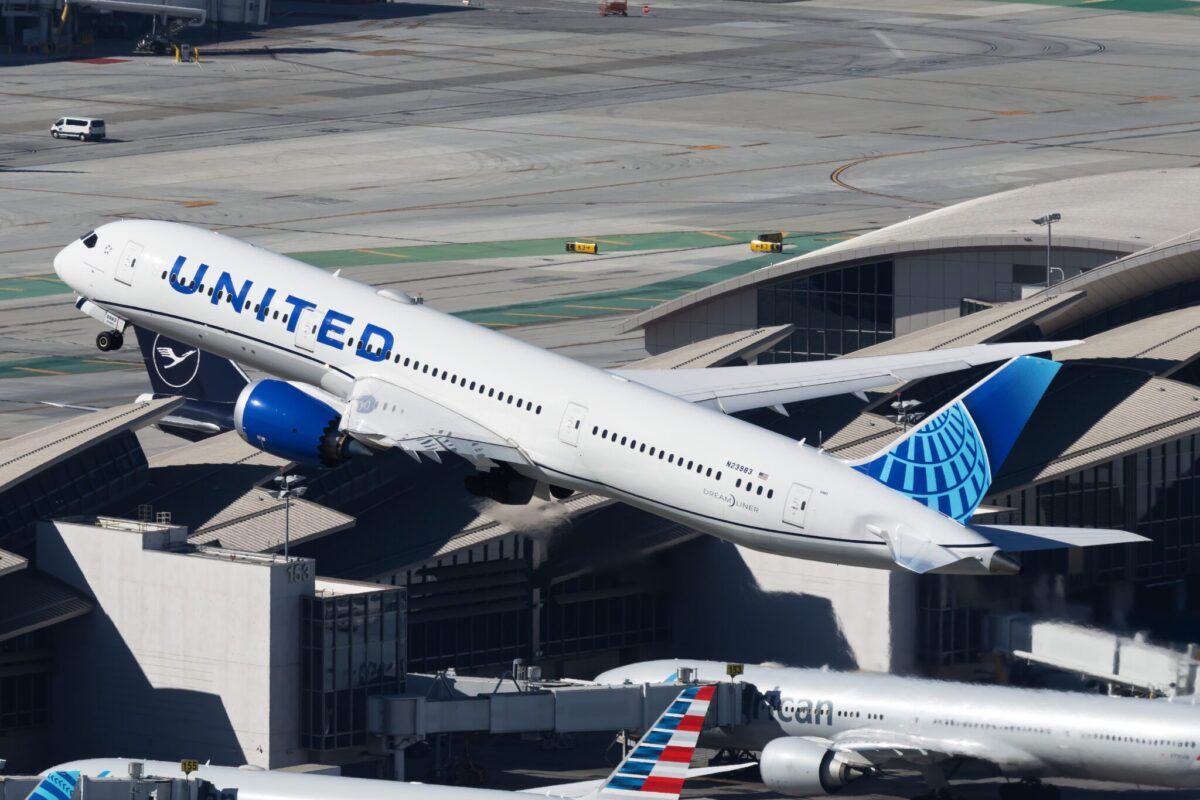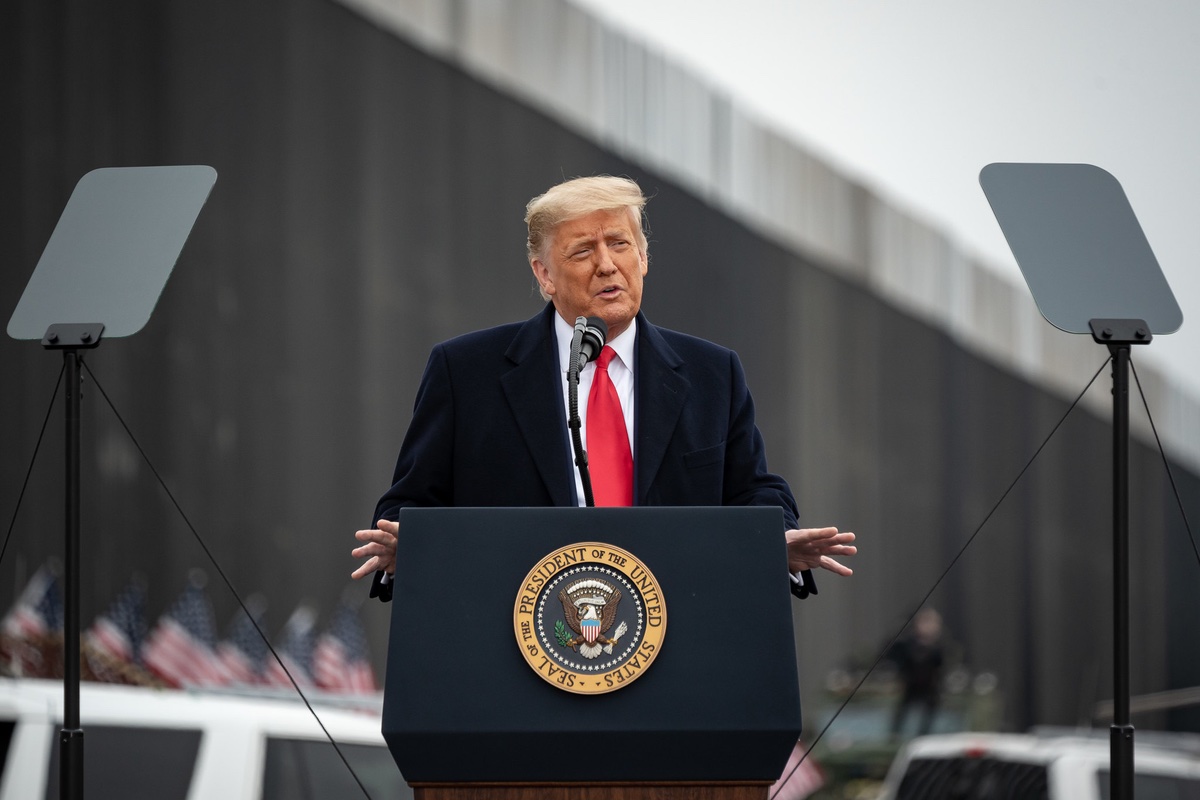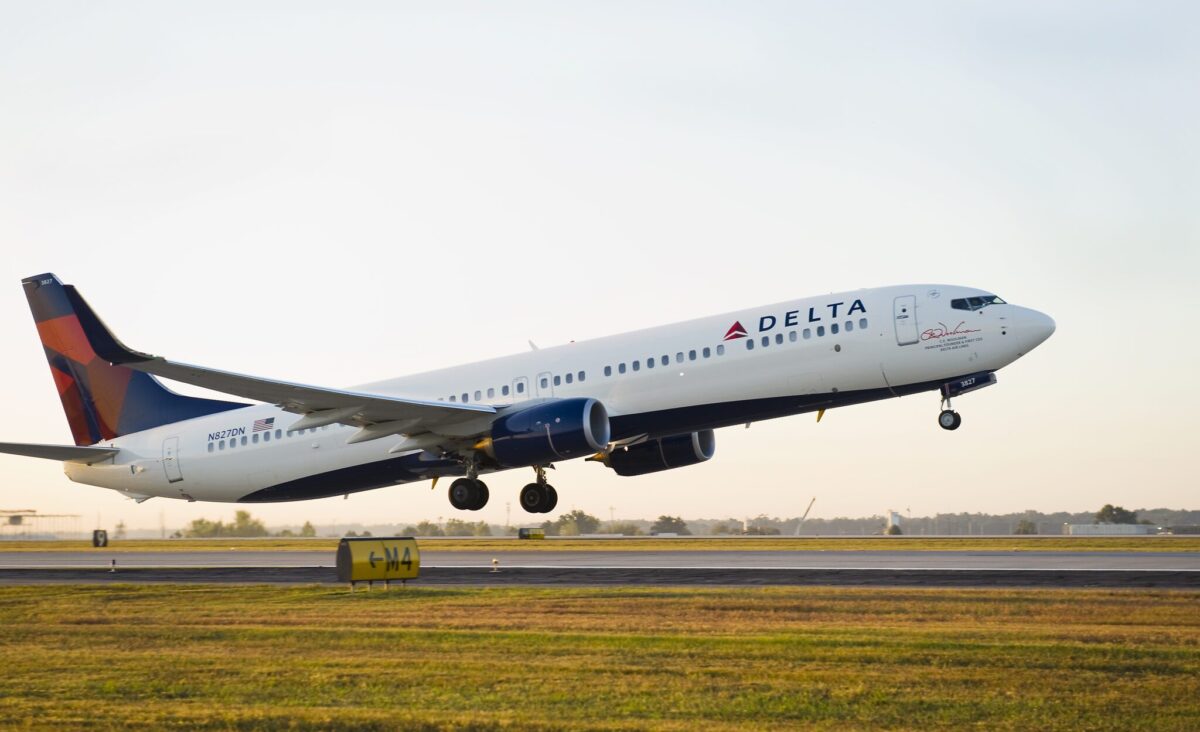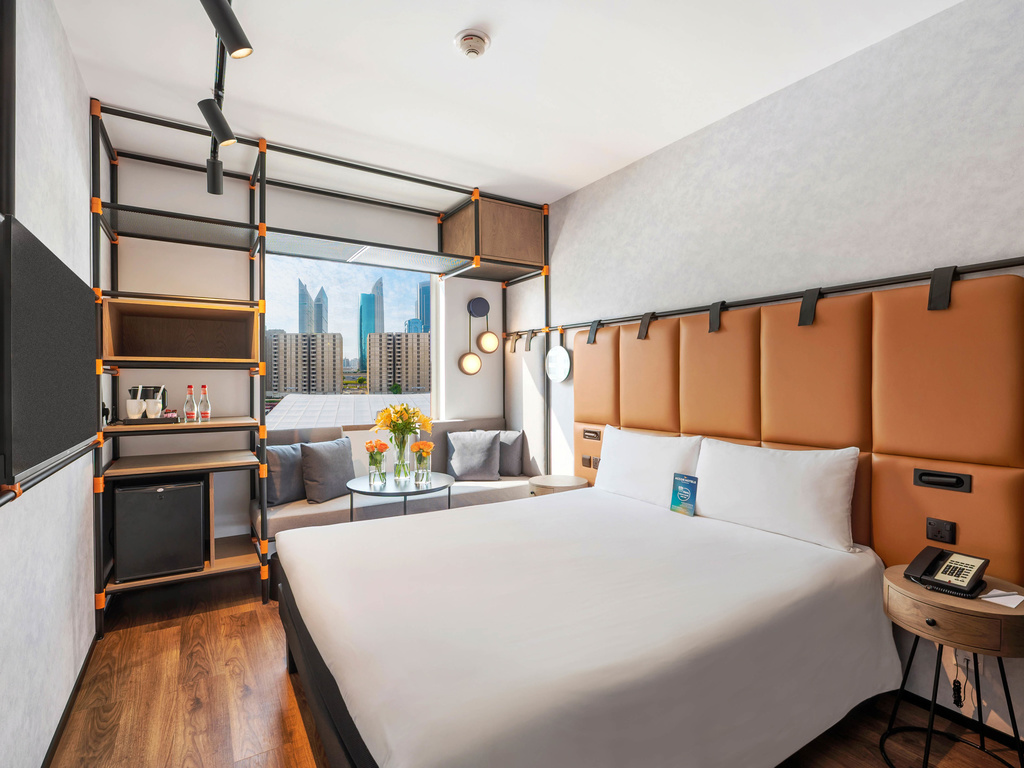Washington, D.C. Doubles Down on its 'Inclusive Innovation' Message at SXSW
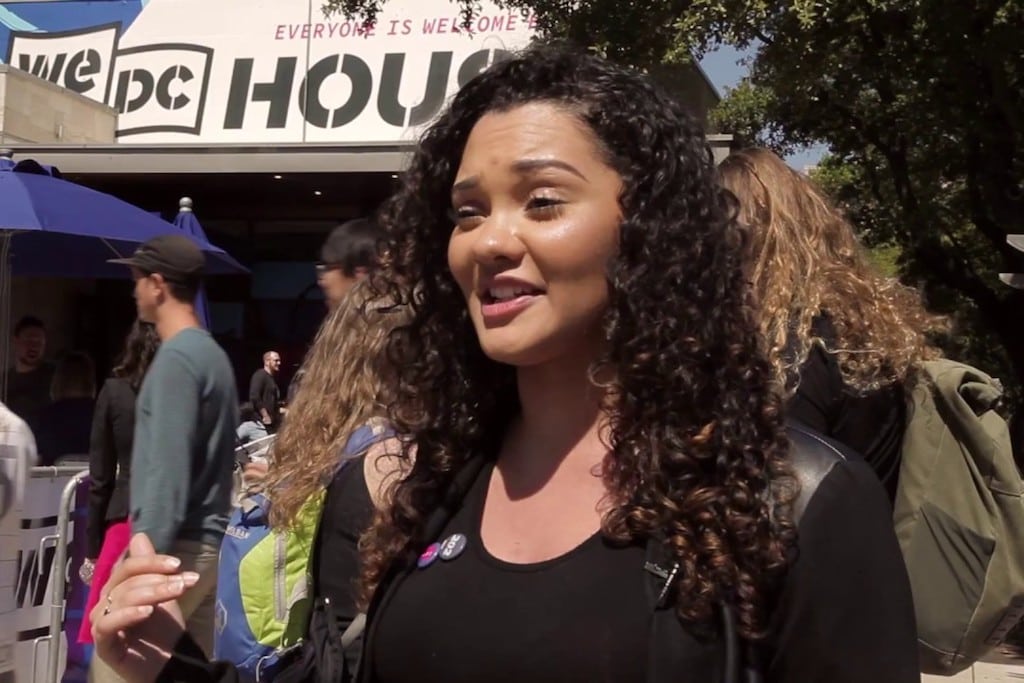
Skift Take
This sponsored content was created in collaboration with a Skift partner.
Washington, D.C. is bringing a collection of local industry leaders to South by Southwest (SXSW) in Austin this week for the fourth year in a row.
These ambassadors range from Rebecca Yarbrough, co-director of The Vinetta Project, which supports women entrepreneurs, to Ruth Chandler Cook, founder of HireHer, who's successfully “eliminating barriers to employment for women and diverse candidates.”
Washington DC Economic Partnership (WDCEP) and the D.C. Mayors Office have once again rented out a building during SXSW near the Austin Convention Center and rebranded it WeDC House. It's pronounced "We DC" — short for "We the people of D.C."
The primary goal for the pop-up venue is to position the city as “The Capital of Inclusive Innovation” to support D.C. Mayor Muriel Bowser’s efforts to elevate opportunities for women and minorities in tech and business.
“We’re being very intentional about making sure we are a city that is diverse and inclusive, and we invest in and preserve those values in everything that we do,” Mayor Bowser said at the WeDC House last year. “We’re not going to be Silicon Valley, and we don’t want to be. We’re not Boston and some of those other cities. We’re unique. We’re special. And we look at those qualities that make us special and unique as strengths, and we’re going to double down on them.”
The D.C. Mayors Office and WDCEP are leaning into that mission even further for 2018.
In previous years, the WeDC programming was somewhat more wide ranging, including e-sports panels and various celebrity performances. This year, the lineup is more heavily focused specifically on professional development and tech entrepreneurship for women and minorities, such as: Demystifying the Female Founder, Building An LGBT-Inclusive Workplace, and the Black Girl Ventures Pop-Up & Pitch Competition.
Skift spoke with Keith Sellars, president and CEO of WDCEP, for insight into the evolution and impact of the WeDC House.
Skift: What was the catalyst behind the development of the original WeDC House?
Keith Sellars: Our initial foray going to South by Southwest six years ago was more exploratory. We wanted to get a lay of the land and we started out very soft, with a roundtable of folks from D.C. to help grow and expand our marketing techniques. And then by the third year, the year we decided to do the WeDC house, we realized that we didn't want to be within the convention center. We wanted to have an activation that was outside of the convention center, where it would be more accessible and inclusive of a larger community.
Originally, we wanted to capitalize on the fact that D.C. is continually named one of the best cities for women in tech, and it also ranks among the top 10 metros in the world for venture capital investment per capita. And so, with that, we wanted to continue to tell that story about how D.C. is inclusive and innovative. This is something the mayor has been promoting and continues to promote. A lot of folks talk about places being inclusive and innovative, but we actually have the numbers to back it up.
Skift: How do you feel you've achieved your goals in the last few years?
Sellars: Last year, we had 9,000 folks who came by the WeDC House in two and a half days, so we exceeded all of our expectations as far as physical numbers. On social media, we were trending up there with the national brands at South by Southwest, and so I think it left folks with a very positive perception of Washington D.C.
It's even more important for us now to continue to market Washington D.C. for inclusiveness and innovation than it was in the past two years, just because of the change in politics. So, D.C. is still the cool place that it was last year and for the past two years, but we still need to always tell that story. In marketing, one thing I've learned is that there's no such thing as a home run. You have to tell your story over and over, and so we realize the importance of doing that.
I would hope, with the success of D.C. being in the running for Amazon, that this helps show what the city has accomplished to promote D.C.'s inclusiveness, and ensure it's in the conversation when people are talking about tech cities and innovation and entrepreneurs. The whole WeDC campaign just helps strengthen that message about Washington D.C.
Skift: Speaking of Amazon, the District and two neighboring communities are three of the 20 city finalists in the bid to host the tech company's second headquarters. So, WeDC is also about showing outside corporations how the public and private sectors in D.C. collaborate well together, right?. That doesn't just happen, though. What makes it work in your city?
Sellars: I think it's just the attitude. In the past, you've spoken with Greg O'Dell at Events DC, Elliot Ferguson at Destination DC, and with Brian Kenner in the Deputy Mayor's office, so you know WeDC is: "We the people of Washington D.C." That's what this is all about. There's the public sector, the private sector, and a quasi-public organization like myself, and we all know we need to come together when it's time to get business done.
The private sector can do things or take up from where the government leaves off. And one thing that's unique about D.C. is that we have a local government, we have a county government, so to speak, as well as the federal government. And we are all working together, and even if you want to look at it on a regional level, we also have three jurisdictions in the area. So, the state of Maryland, the state of Virginia, as well as Washington D.C. That creates a lot of opportunities in terms of our workforce and industry leadership. D.C. proper has a great, talented, highly educated workforce, but that can be expanded even further with the attributes of the surrounding jurisdictions.
Skift: WeDC House has a pretty great tagline: "Everyone is Welcome in Our House" to promote diversity and inclusivity. Is that in any way an effort to distance the city's brand from the neo-nationalist rhetoric coming out of the White House these days?
Sellars: I would say it's just a continuation of the inclusiveness theme, not an effort to distance from anyone. It's something that we've always done, and we're independent, and we will always continue to position D.C. as an inclusive city.
Skift: How did you choose your ambassadors every year?
Sellars: We have 10 ambassadors for this year, and the process is that we put out a call, and I think we had close to 300 applicants. We have a committee that chooses the ambassadors, and the criteria looks at their accomplishments and diversity, the sectors that they represent, and what they bring to the table. It's one of my favorite initiatives of WeDC, because they're people from the community who are promoting Washington D.C.
It goes back to your earlier question about public-private partnerships. These are people, residents, business folks, entrepreneurs, who are the spokespersons for our city, and they tell the message in an even more passionate way than any of us could ever tell it. Because when they're talking to other potential people, about business and locating in D.C., they can tell from firsthand experience what it's like to operate a business in the nation's capital.
They're also volunteers. We don't pay them, or pay for their travel or lodging. They volunteer their time to come out and promote D.C. as an ambassador, so I really think it's an incredible program that we have refined over the past three years.
[youtube https://www.youtube.com/watch?v=1v4p3HfmrRY?rel=0]

The above content was produced by the branded content SkiftX team for the Skift Cities platform, defining how cities are connecting their visitor and innovation economies.

